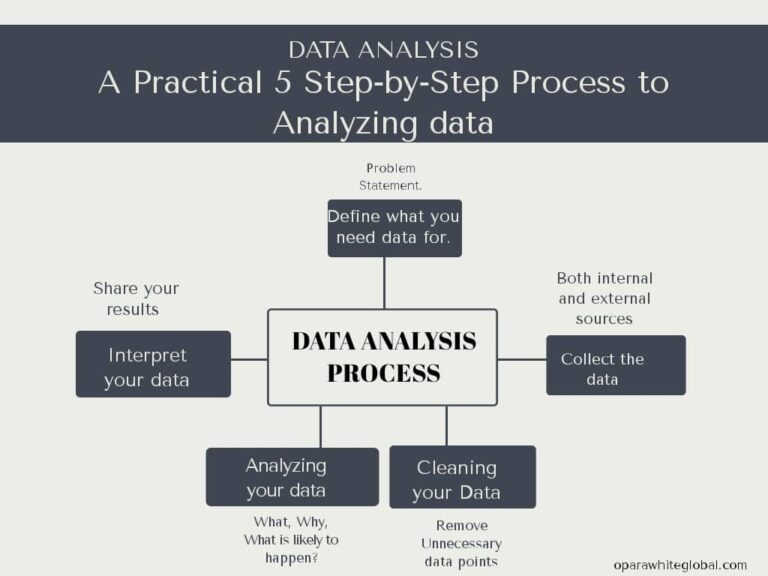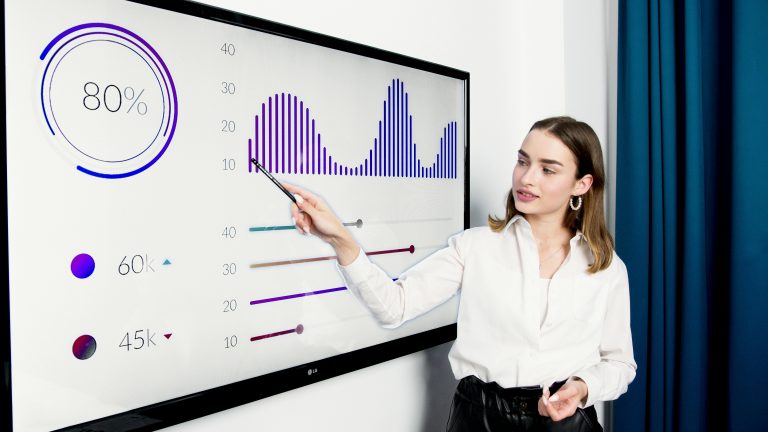Do you know that your business can leverage predictive analytics to prepare for the future? Predicting future trends and customer behavior is a game-changer in the rapidly changing business and technological landscape. Within data analytics, the field of predictive analytics has grown to be a potent tool for companies looking to gain a competitive advantage. This article examines the value of predictive analytics, how it’s applied in different industries, and how it helps businesses predict future behaviors and trends precisely.
What is Predictive Analytics?
Table of Contents
Predictive analytics is the use of statistical algorithms and machine learning methods to examine and analyze both new and past data to identify patterns and forecast future events. Forecasting what is likely to happen in the future is the goal of predictive analytics, which goes deeper than standard analytics, which focuses on characterizing past events. By taking a proactive stance, companies can reduce risks, make well-informed decisions, and seize new opportunities.
Predictive Analytics Applications Across Industries
Business and Finance:
Predictive analytics has become indispensable in the financial sector. Banks and financial institutions utilize it to assess credit risk, detect fraudulent activities, and optimize investment portfolios. By analyzing historical data and market trends, financial analysts can make predictions about stock prices, interest rates, and economic indicators, aiding in strategic decision-making. Havard Business School Professor V.G. Narayanan discusses the importance of financial forecasting in the course Financial Accounting.
Healthcare:
In healthcare, it plays a pivotal role in patient care and resource allocation. Hospitals use predictive models to forecast patient admissions, helping them allocate resources efficiently and reduce wait times. Additionally, it aids in early detection of diseases by analyzing patient data, enabling timely interventions and personalized treatment plans. For example, in collaboration with KeepSmilin4Abbie Foundation, the Wyss Institute at Harvard University developed a wearable device that predicts an anaphylactic allergic reaction and automatically administers life-saving epinephrine.
Marketing and E-Commerce:
Predictive analytics has completely changed marketing tactics. E-commerce platforms use consumer data to forecast their customers’ buying patterns, which enables customized suggestions and targeted advertising. Marketers may forecast trends, improve campaigns, and target particular client segments with promotions by examining internet behavior.
Manufacturing and Supply Chain:
Operations in the supply chain and manufacturing are more efficient when predictive analytics is used. Manufacturers are able to optimize production schedules, anticipate equipment problems, and schedule maintenance proactively by analyzing previous production data. Forecasting demand changes in the supply chain facilitates efficient inventory management, lower carrying costs, and the avoidance of stockouts.
Anticipating Consumer Behavior with Predictive Analytics:
Customer Segmentation:
Businesses can divide up their clientele into groups according to their purchasing patterns, habits, and preferences thanks to predictive analytics. By allowing for targeted discounts, product recommendations, and personalized marketing techniques, this segmentation improves the entire customer experience.
Churn Prediction:
It’s crucial for subscription-based organizations to anticipate and stop customer attrition (churn). Predictive models can detect at-risk clients by examining usage trends, customer interactions, and satisfaction measures. This knowledge enables businesses to put retention plans into place and maintain the interest of important clients.
Personalized Recommendations:
Predictive analytics is used by online retailers, streaming services, and e-commerce platforms to offer customized recommendations. Algorithms that analyze user preferences and past interactions make recommendations for films, products, or other material that suit specific tastes, increasing user pleasure and engagement.
Social Media and Sentiment Analysis:
Social media data can be analyzed by predictive analytics algorithms to determine public mood and spot patterns. Through conversation monitoring, organizations can discern trending subjects, gain insight into customer perspectives, and modify their strategy accordingly. This proactive strategy makes it possible to react quickly to changes in the market and in the attitudes of consumers.
Benefits and Challenges:
Benefits:
a. Informed Decision-Making:
Decision-makers are empowered by predictive analytics to make strategic decisions based on data-driven projections and actionable insights.
b. Risk Mitigation:
By predicting future obstacles like market swings, supply chain disruptions, or financial uncertainties, businesses can identify and minimize risks.
c. Operational Efficiency:
Simplifying processes is a major benefit. Organizations can improve overall operational efficiency by streamlining inventory management procedures and optimizing production schedules.
d. Competitive Advantage:
Predicting trends and customer behavior gives businesses a competitive advantage, helping them to stay ahead in quickly changing marketplaces.
Challenges:
a. Data Quality and Accessibility:
Predictive analytics is strongly reliant on data quality and accessibility. Inaccurate or inadequate data can lead to inaccurate predictions and untrustworthy insights.
b. Privacy Concerns:
Because predictive analytics frequently involves the analysis of personal data, privacy problems arise. Finding a happy medium between data usage and individual privacy is a huge challenge.
c. Model Complexity:
Creating accurate predictive models necessitates knowledge of statistical analysis and machine learning. For businesses lacking the appropriate resources or knowledge, the intricacy of these models might be a hurdle.
d. Ethical Considerations:
The use of predictive analytics presents ethical concerns, especially in areas such as hiring and lending, where biased algorithms may perpetuate existing disparities.
Future Trends in Predictive Analytics:
Explainable AI:
As artificial intelligence (AI) and machine learning become more widely used, there is a rising emphasis on designing models that are explainable and transparent. Understanding how predictive models reach specific results is essential for establishing trust and addressing ethical concerns.
Integration of Real-Time Data:
The integration of predictive analytics with real-time data sources is being driven by the desire for real-time insights. This enables organizations to react quickly to changing situations and make dynamic changes to their strategies.
Automated Machine Learning:
The development of automated machine learning (AutoML) techniques is reducing the complexity of predictive analytics. These technologies enable enterprises with modest data science knowledge to get into the predictive modeling power.
Augmented Analytics:
AI and machine learning are combined with traditional analytics tools to provide users with automated insights and suggestions. As a result of this development, analytics are becoming more accessible to a broader spectrum of business customers.
Conclusion:
Predictive analytics is at the cutting edge of technology progress, providing organizations with unprecedented potential to forecast future trends and consumer behavior. It has a wide range of applications, from healthcare to finance, manufacturing to marketing. Organizations may gain a competitive advantage, improve decision-making, and navigate the intricacies of an ever-changing business landscape by utilizing the power of data. While issues like as data quality, privacy concerns, and ethical concerns continue to exist, the ongoing evolution of predictive analytics holds the possibility of unlocking new dimensions of insight and foresight for tomorrow’s organizations.



